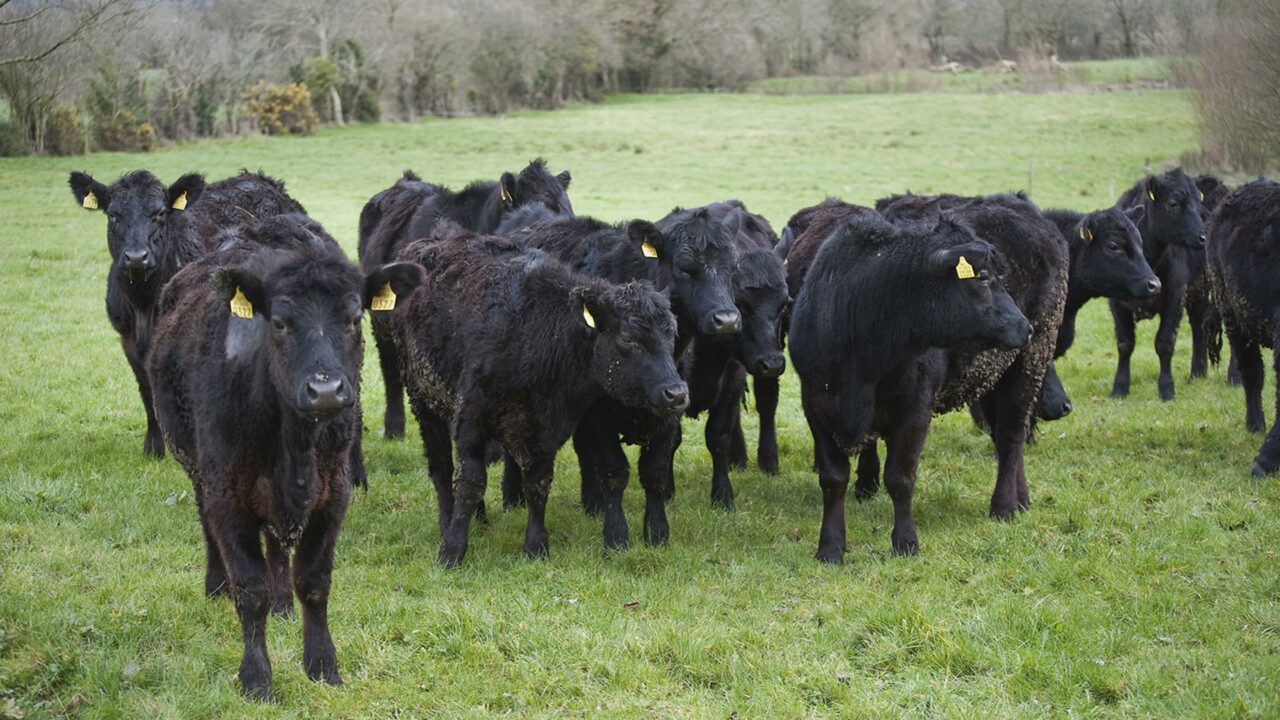The open cutting castration method for bulls has the most benefits when compared to other methods, according to Veterinary Lecturer at UCD Eoin Ryan MVB.
However, the burdizzo method is still the most commonly used castration method in the country, he said.
But there are a number of methods available to farmers who wish to castrate bulls, while each method has its own set of pros and cons.
With regards to animal welfare and farm safety, Ryan believes it is advisable to castrate bulls as early as possible.
“In Ireland the youngest a bull calf will be castrated will be at between a month and six weeks, but this would be in the minority.
“Usually bulls are castrated between six to 10 months old, while local anaesthetic should be used on any animal over three months old,” he said.
Open Cutting Castration Method
The open cutting method has the advantage of causing the shortest period of pain to an animal following the procedure and has the least likelihood of causing swelling, he said.
“Cutting would be the preferred method. It should be carried out under local anaesthetic as well as sedation depending on how wild the animal is.
The animal will be in pain for maybe one of two days if carried out correctly. It will have the least impact on the animals growth performance.
Disadvantages of this method includes a significant risk of infection and the fact that it cannot be carried out during fly seasons or when cattle are housed, he added.
“This method should be carried out if the animals are moving from the shed to the field, as housing conditions may cause the animal to become infected”.
The open cutting method can also be only carried out by a registered vet, the lecturer added.
Burdizzo Castration Method
The burdizzo method can be carried out by any farmer, but Ryan advises farmers to be well versed in the technique before attempting it, as mistakes can be made.
This method is ideal for animals that will remain housed as it is proven to have the least likelihood of infection, Ryan said.
Disadvantages of this method will include the animals remaining in pain for up to a week, while swelling may also be noticeable for a while afterwards, he said.
Cases of this nature are rare, but they can happen and surgery will be required to relieve the pressure as well as opening up a new path for the urine, he said.
Banding Castration Method
An alternative castration method for bulls is the banding method, which consists of an elastic rubber ring being attached to the scrotum of the animal, a method any farmer can carry out.
This method is used by a minority of farmers in Ireland and causes the worst affect on the animal, including chronic pain for up to three weeks, the European specialist in bovine health management said.
It is also advisable for farmers to administer a clostridial vaccine after castrating animals, especially after using the banding or open cutting method, he said.
